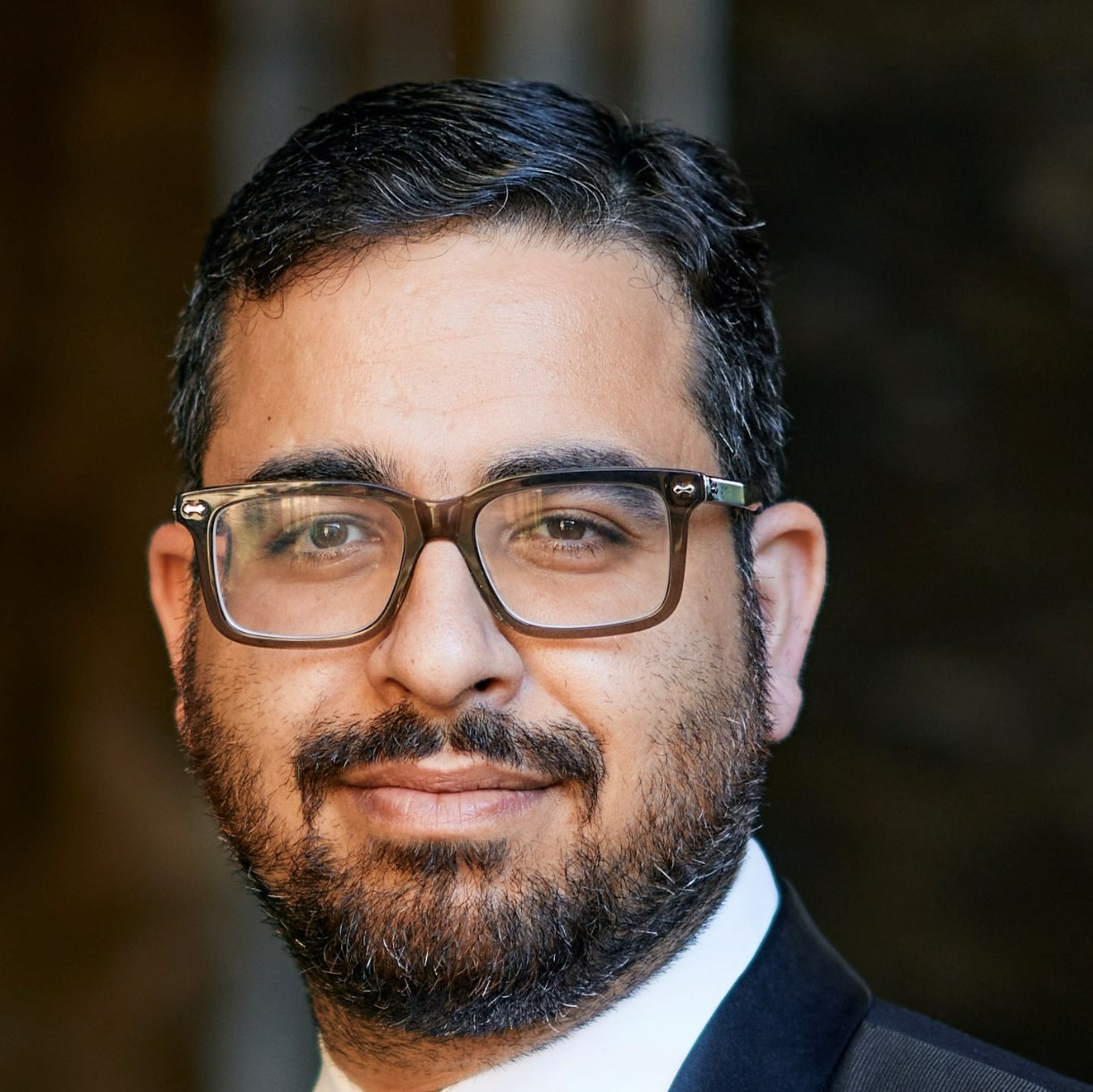As AI begins to disrupt the very fabric of business as we know it, it's imperative for every organisation to establish a framework grounded in the changing dynamics of the business landscape in which we operate. To do this effectively, it's crucial to have a system in place that can sense, seize and shape both the opportunities and threats that arise from the dominance of AI. In this blog, I will endeavour to convey how an organisation can cultivate these capabilities.
The fourth module of the Oxford Executive Diploma in Strategy and Innovation, led by Professor Tom Lawrence, focused on Strategy in Action and introduced me to this idea, which formed the foundations of this blog post. Tom's enthusiasm was remarkably contagious and I felt motivated to share my learnings. It's worth prefacing that this blog doesn't intend to advise on what AI tools an organisation should use but focuses on how to consider the impact of AI-related global business changes on strategy.
Sensing the AI wave: more than just awareness
Understanding the AI landscape
Sensing involves more than just being aware of AI advancements; it's about deeply understanding how AI is reshaping your industry. This means keeping abreast of not only the technological developments but also the evolving consumer expectations and competitive dynamics. Frameworks like SWOT (Strengths, Weaknesses, Opportunities, Threats) analysis and PESTEL (Political, Economic, Social, Technological, Environmental, Legal) analysis are instrumental in this phase. They provide a structured approach to assess how AI can impact various facets of the business environment.
Preparing for sensing
One of the key aspects for any organisation strategising their plans is how the 'sensing' will take place. This varies depending on the business type. In any organisation, there could be multiple methods of acquiring this information from the ground or directly from end users. An example would be technological capabilities that allow for the immediate detection of changes in customer preferences, potentially signalling an emerging trend. In contrast, non-technical or traditional businesses may rely on ground-level personnel who are in direct contact with either the users or the channels that reach the users to sense shifts in the market.
Case study: AI in consumer electronics
A case example of effective 'sensing' would be the introduction of AI-powered smart devices in the consumer electronics industry, which has drastically changed consumer expectations. Companies that sensed this shift early were able to pivot their strategies accordingly.
Seizing strategies in an AI world: Not just knowing
Aligning with AI trends
Once an organisation has a firm grasp of the AI landscape and its effects on business, the next step is to create strategies that align with, and 'seize', this knowledge. This involves both adapting current business models and exploring new opportunities created by AI.
Preparing for seizing
Incorporating AI is not merely about adopting new technology; it requires a fundamental re-evaluation of how value is generated and provided. Businesses need to explore how AI can augment customer experiences, boost operational efficiency and forge new revenue streams through effective 'sensing'. It is also essential to pinpoint the key challenges that the business model may confront because of AI adoption, whether from the consumer's side or the channels involved.
The most critical step is to recognise the change and then prepare to reshape the strategic plan for the organisation's benefit. This necessitates updated processes that scrutinise the 'sensing' information in such a manner that it is comprehensible to key stakeholders, prompting decisions regarding necessary pivots or new actions to be integrated into the business model.
Organisations should approach this process with fresh tools, distinct from their legacy procedures. A dedicated team, comprised of product experts, business strategists and intelligence analysts, should be assembled to extract actionable insights from the 'sensing' data and steer these towards the 'seizing' phase. Within an organisation, the strategic planning department is well-positioned to assume this vital role, driving change without disrupting the existing business operations that serve the organisation.
Example: AI in service industries
AI-driven analytics services can offer unprecedented insights into consumer behaviour, opening new consultancy avenues, creating an enhanced offering and opportunities to enter new markets. If the 'seizing' is correct and agile, this can open a new revenue stream or enhance an existing one.
Shaping strategies in an AI world: Getting ready internally and externally
Developing business for future
As businesses evolve, the 'shaping' of internal and external resources or influencers becomes important. This involves looking at the organisation design and methodologies to capture new value creation.
Preparing for shaping
As AI starts to change customer preference and the way that services and goods are delivered post-sensing and seizing phases, it is important that organisational design adapts accordingly to realise this new value proposition. Effective organisational adaptation involves evaluating current capabilities against new capabilities that need to be developed. Organisations that fail to adequately 'shape' themselves in line with their strategies, and in response to AI, risk becoming obsolete. The rapid pace of change in technology means that opportunities can be quickly missed. To avoid this, continuous learning and adaptation are crucial. Organisations must foster a culture where learning about emerging technologies (like AI) is a continuous process. The biggest asset for organisations during the AI revolution will be human capital that can shape opportunities based on current talent, acquire the right capabilities for the organisation and imbue trust.
In summary, artificial intelligence is going to change the way we do business and provide value. Organisations that will 'win' during this next revolution are those that focus on sensing, seizing and shaping to ensure their strategies are fit for purpose and avoid strategic drift. However, success and greater value creation relies on the right, trusted human capital, with the right capabilities and organisational culture around them to make an impact.





